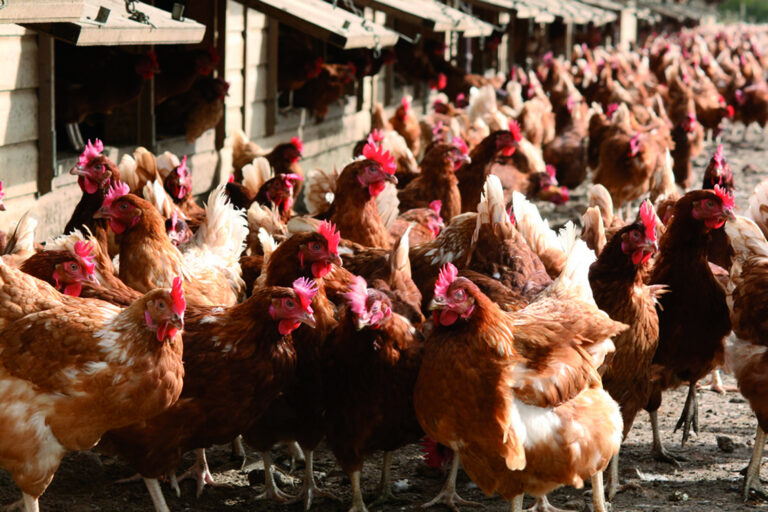A welfare code for meat chickens has been updated as part of a programme of reforms to safeguard and enhance the welfare of animals.
Strengthened statutory guidance is now in place for meat chicken keepers on how to meet the needs of their animals and improve their welfare.
This welfare code has been updated to reflect the very latest advice from vets and animal husbandry developments, as part of a programme of reforms to safeguard and enhance the welfare of animals, the Minister for animal welfare, Lord Gardiner announced today.
Minister for Animal welfare Lord Gardiner said: “We have some of the highest animal welfare standards in the world and are going further in a number of areas, including by raising maximum sentences for animal cruelty to five years and introducing mandatory CCTV in abattoirs.
“This code was carefully consulted on with industry experts, and uses the most recent scientific and veterinary advice to ensure this clear guidance provides the best advice to owners and keepers to help ensure and enhance the high welfare standards of their animals.”
The updated meat chicken code incorporates guidance to reflect new regulations in force since publication of the previous code, including:
- Specific provisions on staff training
- Stocking density, and
- Follow-up at slaughterhouses
Máire Burnett, Technical Director from British Poultry Council, said: “We welcome the new statutory code of practice for welfare of meat chickens and meat breeding chickens that reflects the high welfare standards followed by British poultry meat farmers, breeders and veterinarians. The new code is intended to help all those who care for meat chickens and meat breeding chickens to practise good biosecurity and maintain welfare standards required to comply with legislation.
“The British poultry meat sector is committed to continuous improvement and will carry on following welfare science as it progresses. We look forward to continue working with Defra to further enhance welfare codes for turkeys and ducks to reflect industry best practice.”
The updated code also provides more detailed guidance on biosecurity, leg health and enriching the environment for chickens.
The code will be used by enforcement bodies including Animal and Plant Health Agency inspectors and local authorities when investigating allegations of poor welfare to look at whether animal welfare standards are being met.


